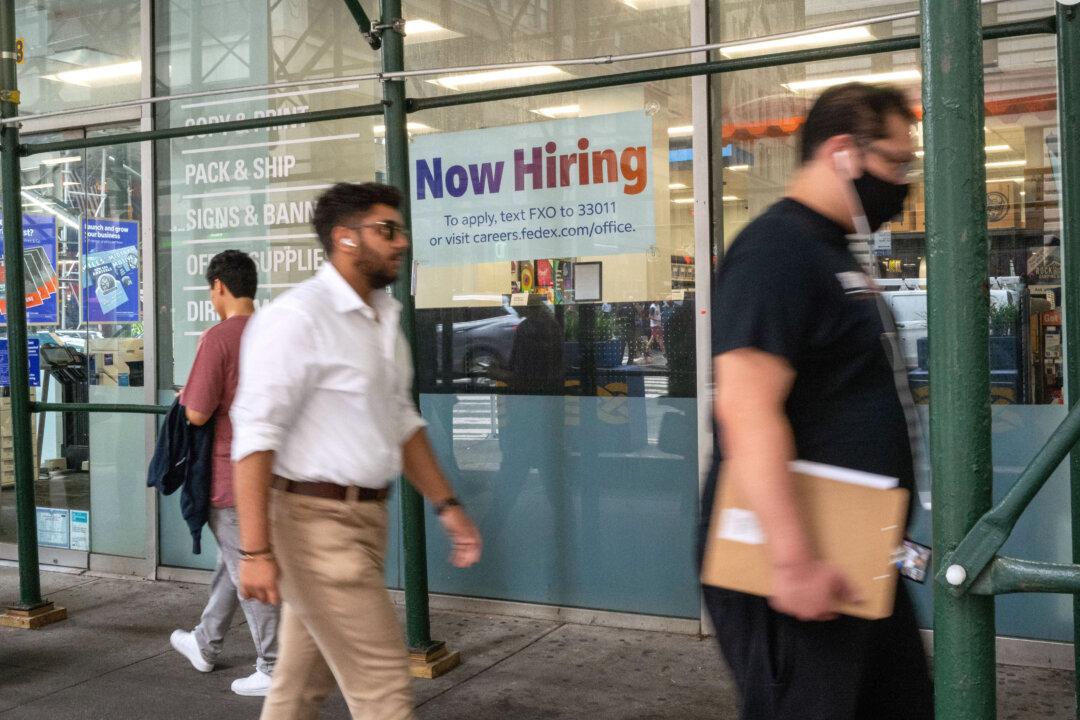Commentary
The working paradigm in America seems to be shifting as unemployment and staff shortages exist alongside workers refusing to work and others obtaining their dream job through the gig economy.

The working paradigm in America seems to be shifting as unemployment and staff shortages exist alongside workers refusing to work and others obtaining their dream job through the gig economy.